The following excerpt has been taken from “Arabia Infelix” by G. Wyman Bury, Kessinger Publishing, Republished in Dec 2004, Paperback, 264 pages, ISBN17975180

Special thanks to Peter Herrett for passing this on to us.
Two things are essential before any serious attempt can be made to develop the resources of Yamen: she must have an adequate harbour, and easy transit between that harbour and her larger towns.
The local authorities have always recognized the importance of these two factors, and at a very early stage in the Ottoman occupation commenced the road that links Hodeida and Sanaa. This, however, is of more strategic than commercial value, for its surface and gradients forbid ordinary vehicular traffic, and even camel caravans avoid its mountain passes, preferring longer but less arduous routes.
The history of public works and enterprise in Yamen is a gloomy one. From 1902 to 1908, stone jetties and a breakwater were being slowly constructed at Hodeida, and not until their completion did the authorities find out that the water was not deep enough to allow loaded lighters to come alongside and discharge-the raison d’ être of the whole scheme. The contract had been given to a French engineer, but he sublet it to an Italian, who did the actual work. That futile undertaking cost nearly £14,000.
A condenser and ice-machine were installed at Hodeida in 1907, capable of distilling ten tons of water and making three tons of ice in a day. The plants cost over £2000, and were imported by contract with an Italian firm. Both seem permanently out of order and are no longer used. Then the Ottoman Government conceived a more ambitious project- perfectly sound in theory-of constructing a harbour for Hodeida, which has only an open roadstead, with an exposed anchorage for steamers three miles off the beach. The proposed site was ten miles north of Hodeida, where there is a deep, natural inlet, protected by a long spit, which projects boldly northward and is known as Ras al-Katib (Shingle Point).
The scheme was to give a five-fathom anchorage to a dozen vessels, beside providing a stone quay where three such vessels could tie, up and discharge simultaneously.
All this was only part of an undertaking, since known as the Hodeida-Sanaa railway scheme.
The harbour at Ras al-Katib was to be linked up with Hodeida by a metre-gauge line running inland to Obal and up the Sihâm past Mefhak to Sanaa, thence to Amran. This involved 200 miles of track at a total cost, including harbour, of two millions sterling. A concession and contract was issued by the Ottoman Ministry of Public Works and a French syndicate was formed to handle the enterprise.
A preliminary survey was completed in April, 19 10, when the original scheme was found too expensive, so another survey was organized to make alternative traces to Sanaa from the coast ‘Via the Zabid valley and Dhamar, also southward along the Tlhama past Zabid up to Taiz and so onto the central plateau through Ibb, Yerim and Dhamar to the capital.
At the same time a strong party of continental engineers came out to commence construction at Ras al-Katib.
Izzet Pasha cut the first sod in March, 1911, and the railway was pushed forward from Ras al-Katib before adequate arrangements had been made there for the dis-embarkation of heavy material. When war broke out - between Italy and Turkey, the Italian engineer in charge of the enterprise was replaced by a Frenchman, who seems to have had friction with his staff and the local authorities.
At the end of 191 I, the consulting engineer came out from France and reported most unfavourably on the work done. He stated that two million francs’ worth of material at Ras al-Katib had become mere scrap-iron, that the harbour had not been made or linked by rail with Hodeida, and that nearly half of the funds allotted (which were less than a million sterling) had been expended. This report, in conjunction with the Italian blockade of the Yamen coast early in 1912, decided the Directorate in Paris to shut down and cut their losses.
The net results, as I saw them in the summer of 1913, comprised some 8000 tons of railway material conveyed by steamer to Ras al- Katib, and valued at three million francs. Most of the heavy stuff had been dumped on the beach for want of an adequate jetty or cranes to handle it, and the lighter material was stacked in the open. There were some well-constructed buildings of corrugated iron for quarters, offices, etc., all in good condition. About five miles of rusted, single track extended from the temporary jetty at Ras al-Katib toward Hodeida, and on it was a. locomotive and two passenger coaches, about three miles out from the depot.
A low embankment had been constructed for another ten miles across the tidal flats of the coast and into the bush, curving inland a mile north of Hodeida and running parallel with the up-country caravan route.
It is not for me to criticize an undertaking that lacked neither zeal nor ability, but it is permissible to consider the causes of failure for the guidance of similar ventures.
The climate down on the coast is hot and damp, detrimental alike to personnel, labour and material. The native labour procurable was absolutely unaccustomed to such work and required the closest supervision, while the local government, which did its best for the enterprise, was itself in difficulties.
In view of the known engineering problems inland, too much was attempted with the capital available, and proper facilities for discharging cargo at Ras al-Katib should have been the first consideration.
Stone for the jetty was not procurable locally, but had to be brought in dhows from the mountain island of Zoukar, at considerable delay and expense. If the line had been extended another twenty miles across level country to Bajil, unlimited stone could have been got there. It is easy to be wise after the event, but a preliminary scheme, ensuring a decent harbour connected with Hodeida, and the linking of that town with Hajeilah, among the foot-hills, would have been feasible enough, for there is no great engineering difficulty en route, and the entrance to Ras al-Katib lagoon is already thirty feet deep.
Rail-head would then have reached the foot of the mountain road to the interior. A good round sum spent on that road would have vastly improved it for traffic, and the scheme might have shown a working profit. It would have been time then to consider its further extension.
As it is, the Turkish Government has dropped a lot of money, and those who tackled the enterprise have burnt their fingers. All this tends to discourage similar undertakings in future.
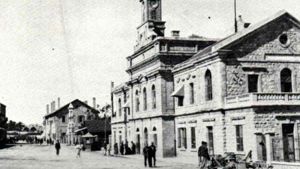
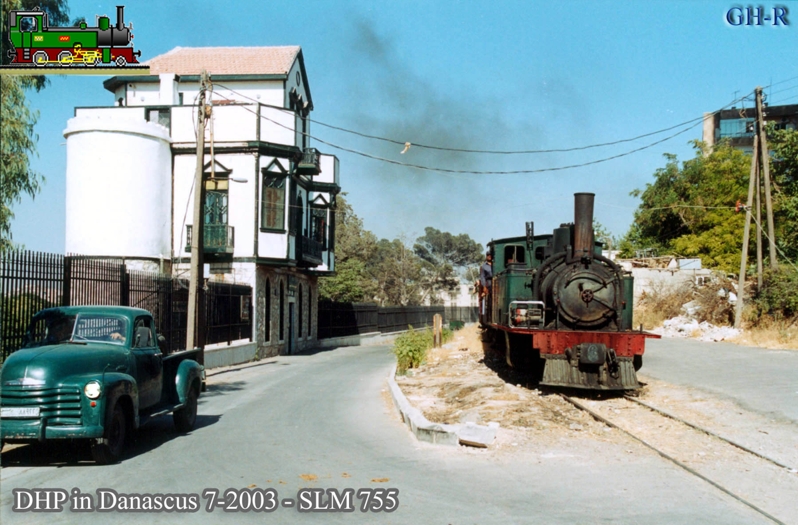


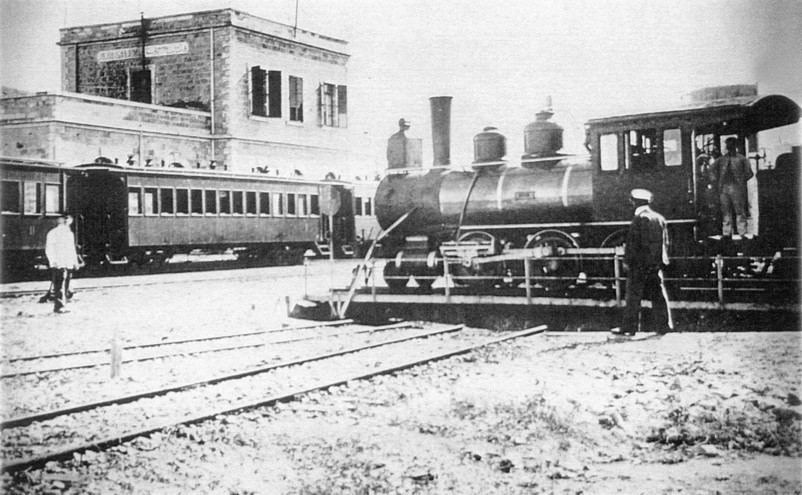


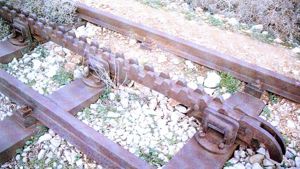

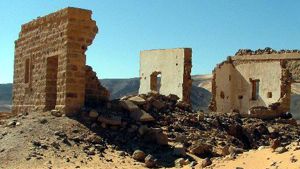
Page Discussion
Membership is required to comment. Membership is free of charge and available to everyone over the age of 16. Just click SignUp, or make a comment below. You will need a user name and a password. The system will automatically send a code to your email address. It should arrive in a few minutes. Enter the code, and you are finished.
Members who post adverts or use inappropriate language or make disrespectful comments will have their membership removed and be barred from the site. By becoming a member you agree to our Terms of Use and our Privacy, Cookies & Ad Policies. Remember that we will never, under any circumstances, sell or give your email address or private information to anyone unless required by law. Please keep your comments on topic. Thanks!